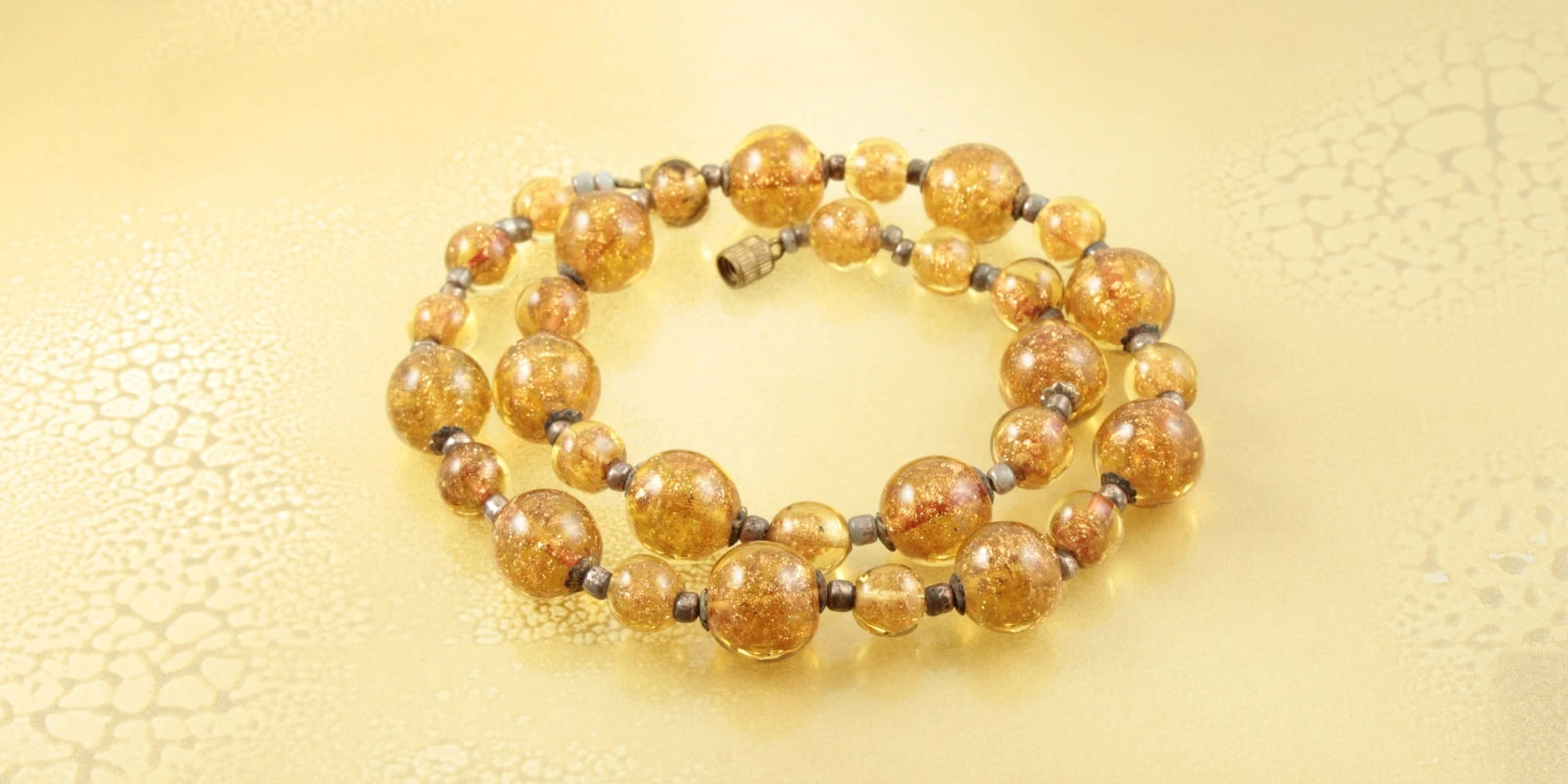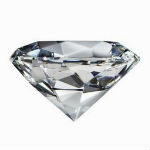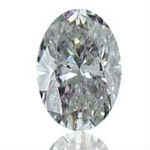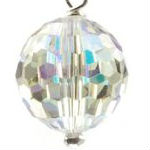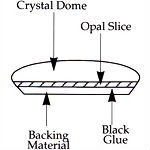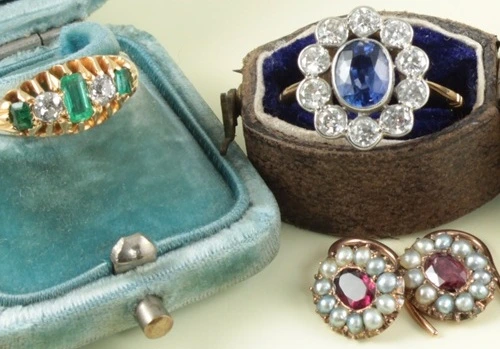Mid-Century Jewellery
The term Mid-Century Jewellery generally covers the design style of the 1950s. It received its name in 1984 from a book called “Mid-Century Modern : furniture of the 1950s”. Suburban California in the 1950s pretty accurately sums up architectural and interior design of the time. Low flat roofs with lots of large windows and an emphasis on horizontal lines. This was a clean almost minimalist look which was common throughout all areas of design during the 50s. Designers wanted their work to become affordable and available to the average person. As opposed to being available just to the wealthy as in previous generations. This requirement of designers led to the mass production of quality designs. These iconic goods were snapped up by a postwar prosperous middle class. Making items such as the television commonplace in the home for the first time. Fashion also reflected this change, with new modern designs being produced.
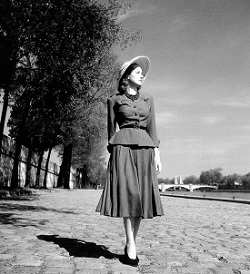
Mid-Century Jewellery Trends
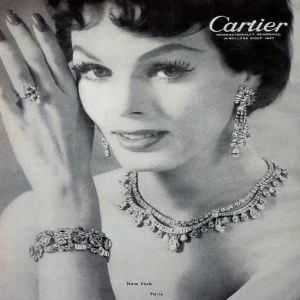
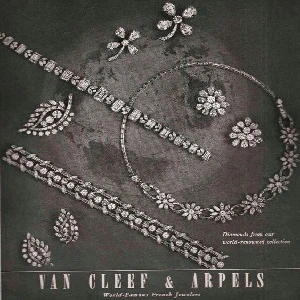
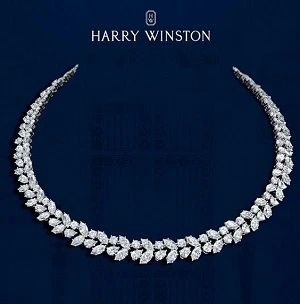
Mid-Century jewellery tended to take two very different paths. The established jewellery houses such as Van Clerf & Arpels, Tiffanys, Cartier and Harry Winston. Produced jewellery with more traditional designs and with an emphasis on the quality of the gems used. DeBeers at this time were promoting the slogan “Diamonds are Forever” and aiming to provide diamonds to every income level. The other path which fifties jewellery took was more “modernist”. This style was dominated by clean lines and geometric shapes. Designers were rejecting the bold and colourful statement pieces of the previous Retro Jewellery era. Crafting most of their designs in silver partly because of the Scandinavian influence which was prevalent at the time. But also because of the designers wish to have their work affordable, which was in keeping with the Bauhaus movement. Costume jewellery or fashion jewellery as it is now known, was quite popular during the fifties. Large polished stone beads, faceted plastic beads and faux pearls. Along with carved bakelite, diamante and lucite jewellery were commonly seen in Mid-Century jewellery. Louis Kramer of New York was one of the best-known costume jewellery designers of the 50s. With his two brothers Harry and Morris he not only designed costume jewellery but also manufactured it. Their work was hallmarked “Kramer”, “Kramer N.Y.” or “Kramer of New York”. Louis designed beautiful floral designs with bright vibrant colours. He also produced designs for Christian Dior which were hallmarked “Dior by Kramer”. The complete sets of jewellery which he designed for Christian Dior, are considered to be his finest work.
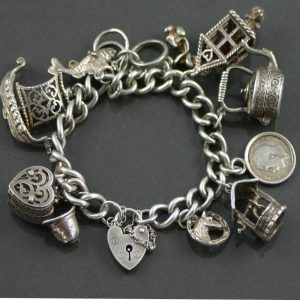

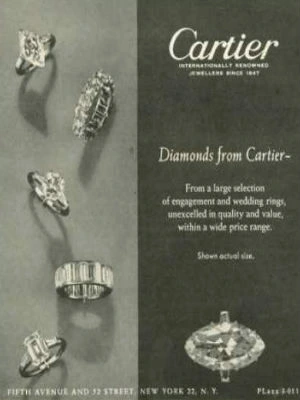
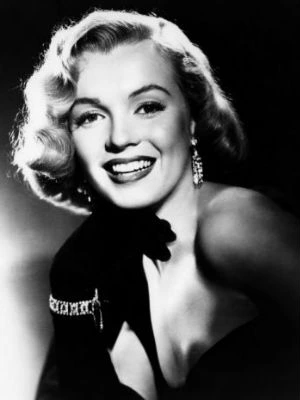
In 1948 De Beers launched an advertising campaign “A Diamond Is Forever”, which was hugely successful throughout the fifties. For this campaign, De Beers hired Philadelphia advertising agency N.W. Ayer & Son. They were tasked with the job of making a diamond engagement ring the norm. They also set out to provide diamonds to every income level. Which was done by producing jewellery with clusters of small diamonds instead of one large stone. N. W. Ayer also started the practice of lending high-end jewellery to celebrities during the 1950s. Which saw sales of diamonds increase by 55 percent during this decade.
Mid-Century Modernist Jewellery
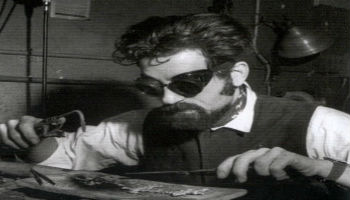
How To Date Mid-Century Jewellery
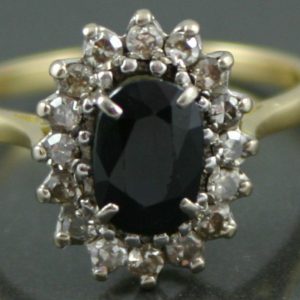
Illustrated below are some of the important dates of Mid-Century Jewellery.
1954 – GE produced first synthetic diamonds.
Oval cut diamonds popularized.
1955 – Aurora Borealis coating for beads introduced by Swarovski.
1960 – Opal triplets invented.
For Researchers and Journalists
Recommended Citation (MLA) Format:
Hoyne, John. “Mid-Century Jewellery.” Carus Jewellery, n.d., https://carusjewellery.com/mid-century-jewellery-1950s/.
You can also get in touch with Carusjewellery.com on Facebook , were you may leave any comments or questions you may have about this article.

